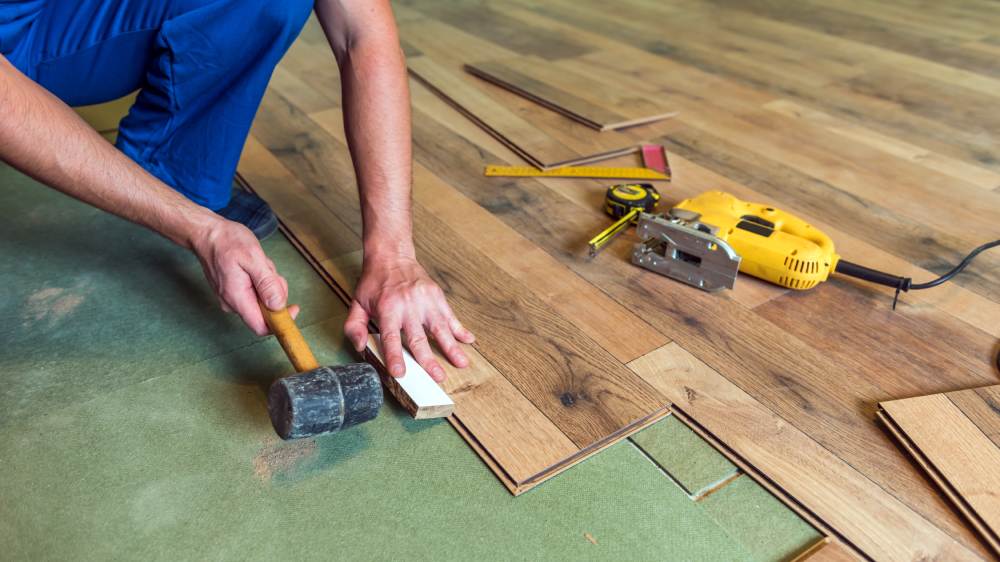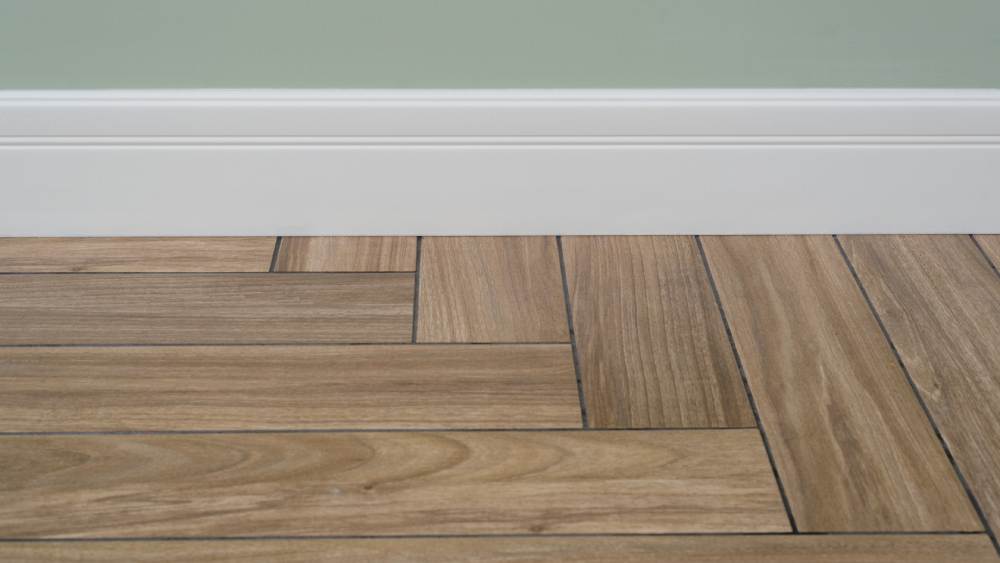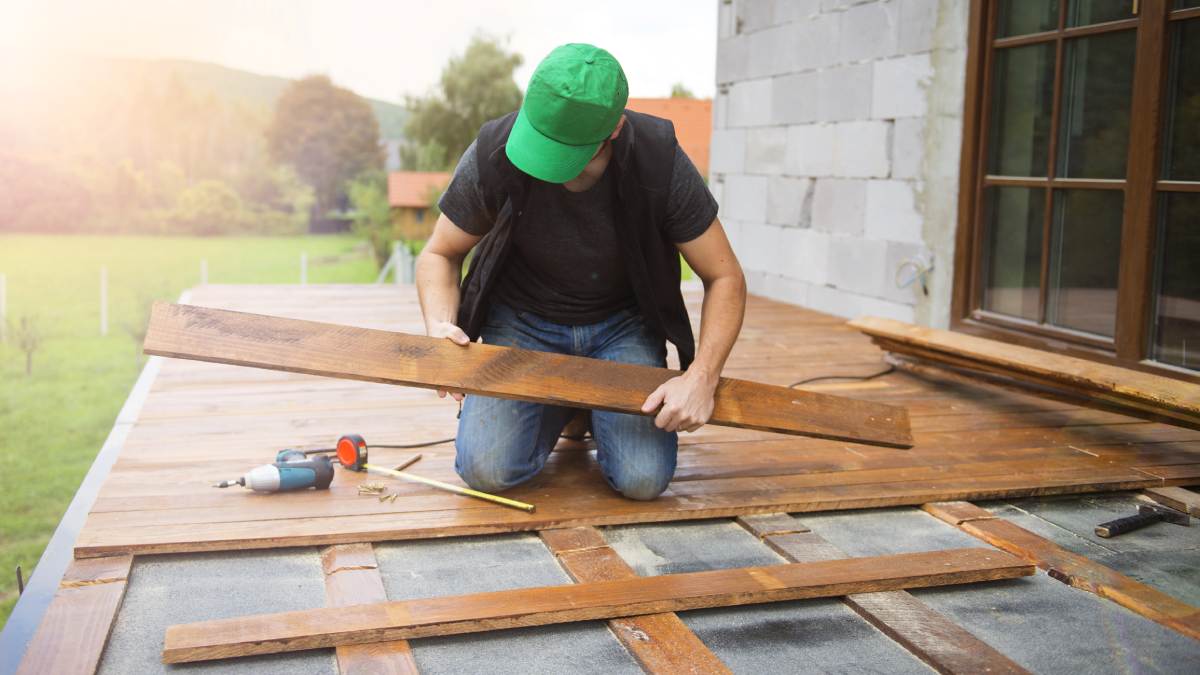In 2025, more homeowners are looking for laminate flooring as it is an affordable, durable, and water-resistant option, providing a natural wood look to any space. Consequently, the demand for laminate flooring installation is increasing. So, it is important to look for flooring professionals to have a hassle-free installation. However, many individuals still prefer to handle the laminate installation themselves as a DIY process. In these cases, the possibility of making mistakes during the process is higher due to the lack of experience. In this article, we will help you decrease the possible issues that may happen because of any mistakes in the laminate installation.
1. Skipping the laminate flooring adoption process
One of the most common problems that may happen after the laminate installation is skipping the laminate flooring adoption process. Laminate planks are made with wood-based materials, which means they can expand and contract due to temperature and humidity changes. Ignoring this adoption period and installing laminate planks immediately after unboxing them can lead to problems such as buckling, warping, or gaps, as the board may shift after installation.
The solution to these issues is to always let the laminate boards be at a stable room temperature for at least 48 to 72 hours before installation. Try to create airflow between boards to speed up the adoption process.

2. Not preparing the subfloor properly before laminate installation
Subfloor is the foundation for laminate flooring. Preparing a proper subfloor is one of the vital steps before installing laminate boards. Uneven or dirty subfloor, along with dips and bumps, can result in creaking, shifting, or even snapping planks over time.
The prevention method for this problem is to investigate the subfloor before installing laminate flooring. Keep the floor clean and use a straightedge or level to find any irregularities. If there are dips more than 3/16” over 10 feet, use a self-leveling compound to smooth them out, then sand down any high spots as well.
3. Ignoring moisture barrier when installing laminate flooring
A considerable number of individuals who install laminate flooring ignore the moisture barrier over the concrete surfaces when installing laminate. This is a risky action, especially in places like basements or kitchens that are more prone to moisture. This moisture can cause laminate swelling, warping, and mold.
To avoid this issue, use a 6-mil plastic moisture barrier over the concrete surface or use an underlayment with a built-in moisture barrier. Ensure seams that are overlapped and stuck correctly.
4. Not leaving an expansion gap when installing laminate
Laminate flooring is a floating floor, which means that it is installed without being glued or nailed down. It is installed over the subfloor freely, and it should have enough space to expand and contract. Not leaving enough gap space during the installation can cause the planks to buckle or lift, especially in humid climates or during seasonal changes.
To prevent this problem, consider a ¼” to ½” expansion gap between laminate flooring and all the walls, cabinets, doors, and fixed objects. Cover this gap by using baseboards or quarter rounds.

5. Starting on the wrong wall
The starting point for installing laminate flooring is one of the most important steps before installation. Starting from a wrong wall, which is not straight or square, can affect the entire result and create an uneven or crooked floor.
To avoid it, measure the room carefully to find the best starting point. Then sign it as a line and use it as a guide. Most of the laminate installers use the longest and straightest exterior wall or main focal point to start the process of laminate installation. After installing the first rows, ensure the flooring balance, then continue working.
6. Choosing the wrong underlayment (or skipping it entirely)
Underlayment is another important and essential part of the laminate flooring installation process, which should be considered carefully. It is more than just a cushion as it provides sound absorption, moisture protection, and even helps hide minor floor imperfections. Some laminate products have pre-installed underlayment pads, but this does not mean that there is always no need for an additional underlayment.
The recommendation for underlayment is to look for the right types based on the area where you are going to install the laminate pieces. If the subfloor is concrete, use an underlayment with a moisture barrier, or if you want to install laminate flooring upstairs, try to use the acoustic underlayment to reduce noise and sound transfer.
📖 If you are interested, you can read more about methods of reducing noise with laminate flooring.
7. Using harsh cleaning products right after installation
After installing laminate flooring, it is time to clean everything quickly. However, it does not mean to use harsh cleaning materials or too much water, which can ruin the newly installed laminate. Laminate products are mostly water-resistant, not waterproof, which means standing water on them can penetrate the surface seams.
To prevent further problems caused by the wrong cleaning materials or too much water, it is highly recommended to wait for 24 to 48 hours before starting to clean the surface. Then use a damp mop and a cleaner specifically made for laminate floors.
📖 You can read more about laminate flooring maintenance tips to keep your laminate flooring for a longer time without repairing or replacing it.
Conclusion
While laminate flooring is a demanding flooring type, its installation can come with different challenges that need enough experience and knowledge to be prevented or solved. Some preparation, such as proper subfloor, underlayment, enough expansion gap, and finding the right starting point, can help you prevent or at least decrease possible issues that may happen during or after the laminate installation. However, we always recommend asking for help from flooring professionals to reduce risks and minimize damage the most. MA Flooring in Melbourne is a trusted flooring service provider that can help you with purchasing the right laminate flooring product and the whole installation process. You can contact our flooring experts and have a free consultation before making any decision about your flooring type and installation.

